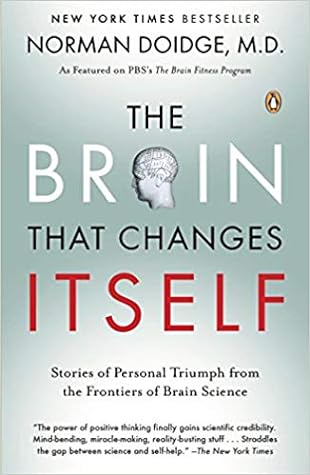More on this book
Community
Kindle Notes & Highlights
They showed that the brain changed its very structure with each different activity it performed, perfecting its circuits so it was better suited to the task at hand. If certain “parts” failed, then other parts could sometimes take over.
the damaged brain can often reorganize itself so that when one part fails, another can often substitute; that if brain cells die, they can at times be replaced; that many “circuits” and even basic reflexes that we think are hardwired are not. One of these scientists even showed that thinking, learning, and acting can turn our genes on or off, thus shaping our brain anatomy and our behavior—surely one of the most extraordinary discoveries of the twentieth century.
people rewire their brains with their thoughts, to cure previously incurable obsessions and traumas.
The neuroplastic revolution has implications for, among other things, our understanding of how love, sex, grief, relationships, learning, addictions, culture, technology, and psychotherapies change our brains.


